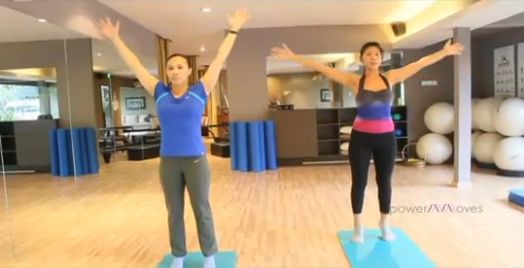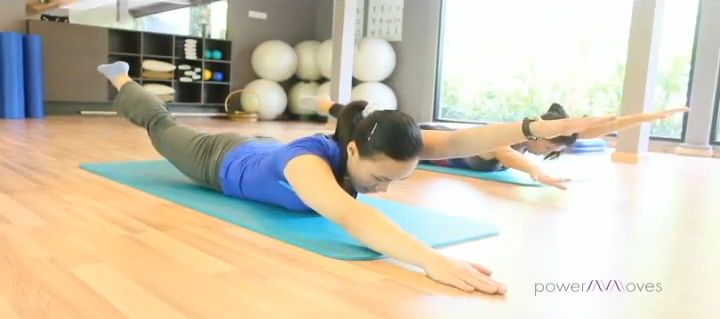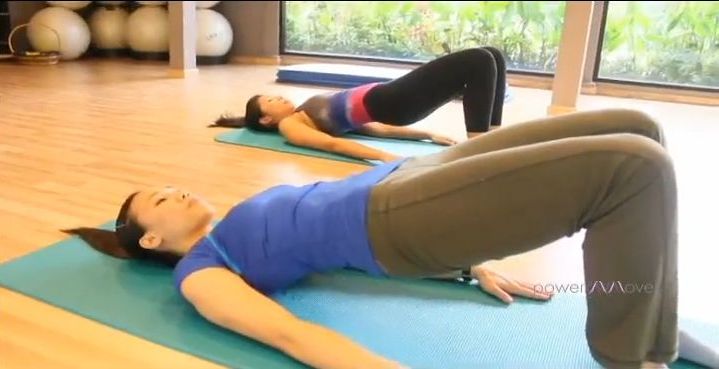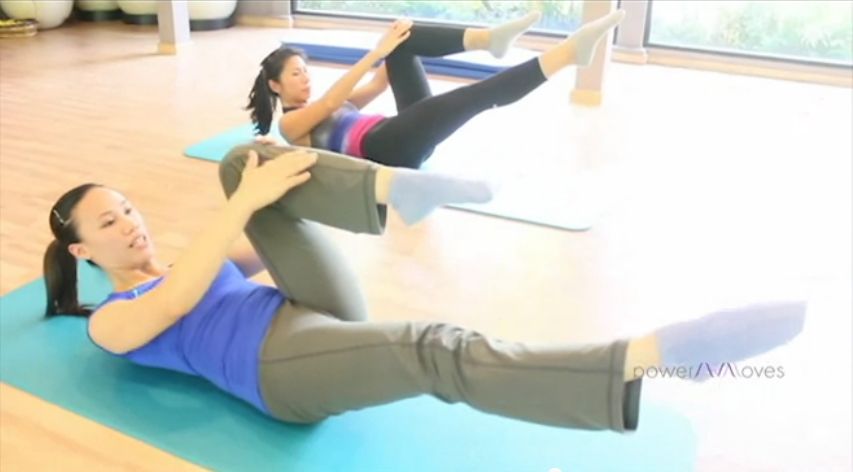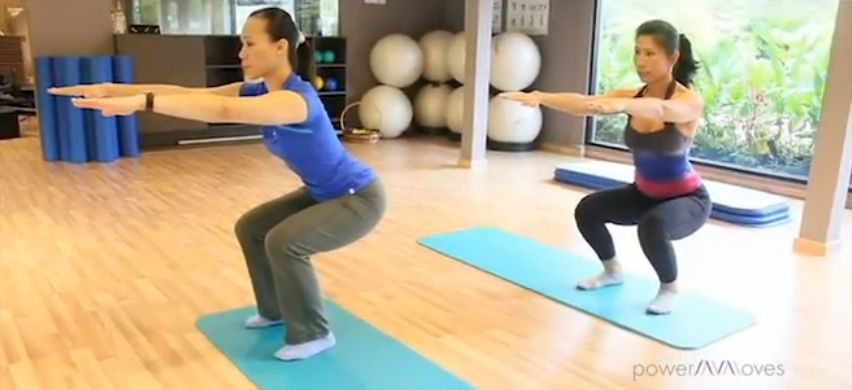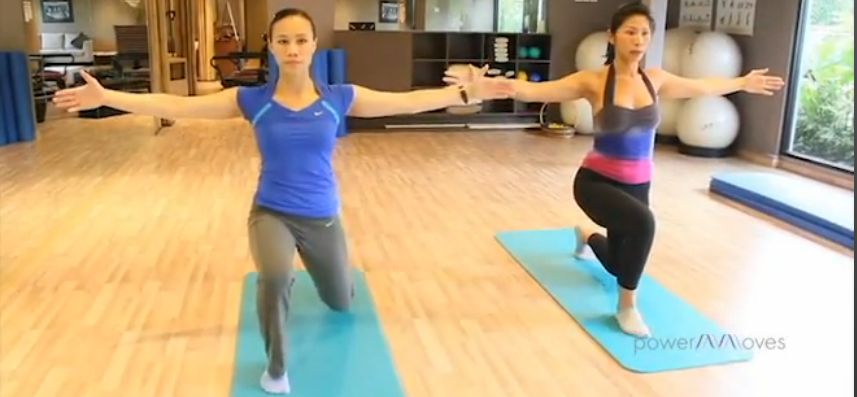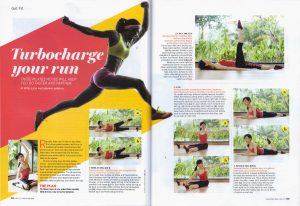So you have heard that Pilates and Yoga are similar in many ways. Yes, both disciplines help you create greater awareness of your body’s posture and its alignment. Yes, both disciplines improve and enhance flexibility and strength. Pilates and Yoga also emphasize coordinating breath with movement.
Both these disciplines of Pilates and Yoga have amazing benefits. They are both fitness regimes that are integrative; they are associated with stress reduction and increased well-being. They can both also be adjusted to a wide range of people and fitness levels, and both support the achievement of very high levels of body, mind and spiritual fitness.
Pilates aims to reach high levels of fitness goals for the mind and body, however, through a series of controlled movements. The Pilates technique not only has a full complement of matwork exercises, but it incorporates work on Pilates machines as well.
Pilates is a series of controlled movements; movements that are not performed rapidly and/or excessively. The focus is on the quality of the movement and not the quantity or the repetitions. There are additional exercise equipment like the magic circle, elastic band and foam roller one could use to add resistance to help make your workouts more challenging. Pilates has several machines designed to achieve its purpose such as the reformer, the wunda chair, the ladder barrel and the cadillac. Pilates exercises on these Pilates equipment machines are designed to cater to every individual’s needs.
The emphasis of Pilates exercises is to strengthen the abdominals, improve posture, stabilize and lengthen the spine, improve balance, flexibility and overall strength. Pilates gives you a long and lean, evenly-muscled look. Pilates works the whole body; emphasizing control, precision and concentration in both the mind and the body.
Whereas Pilates is scientific-based and its movements are always dynamic and in a flow; Yoga is spiritual-based involving meditation and reflection and its exercises are held in poses.
The abdominal muscles, lower back and butt muscles serve as the center of all movement. In Pilates, this is called the core or the powerhouse. This focus on core stabilization makes one stronger from the inside out and allows the rest of the body to move freely. The low-impact nature of Pilates makes it ideal also for injury prevention, rehabilitation and physiotherapy.
All Pilates exercises are formulated on the six principles of breathing, concentration, control, centering, precision and flow. These principles train the body to move efficiently and expertly with minimal stress on its joints and with maximum benefits on the entire physiology of the body. The Pilates method and using it regularly creates a healthy, vivacious and more symmetrical body which results in a lean, balanced, strong and supple body with very efficient and well-toned muscle groups.
A further listing of benefits that you can expect from the Pilates method include long and lean muscles, strong core and stability, injury prevention, better posture, improved balance and coordination, relief from stress and back pains, enhanced athletic performance, effective post-rehabilitation, and increased self-confidence.
Warm Regards,
Mrs Claudel Kuek
NB Click here to find out if Pilates is what you need to create the makeover in you!

